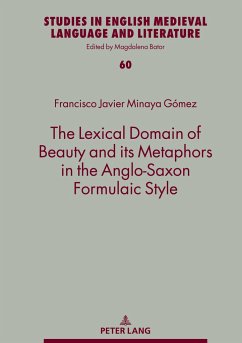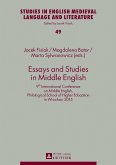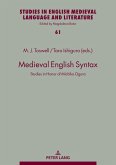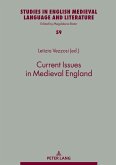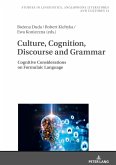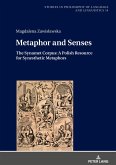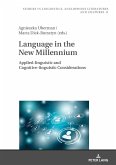This monograph offers an analysis of the lexical domain of beauty and other additional lexical domains that are figuratively used to refer to beauty, highlighting their central role in the Anglo-Saxon formulaic style. Using different methods from computational and cognitive linguistics, this study is aimed at determining the exact semantic value of these terms, detecting possible patterns of metaphorization and metonymization and identifying strategies behind their usage, ultimately determining how beauty was conceptualised and experienced in early Medieval England and in its literature. This research evidences the importance of this aesthetic idea in the Old English poetry and its aesthetic paradigm and revealing the core associations between beauty and other religious and social ideas.

